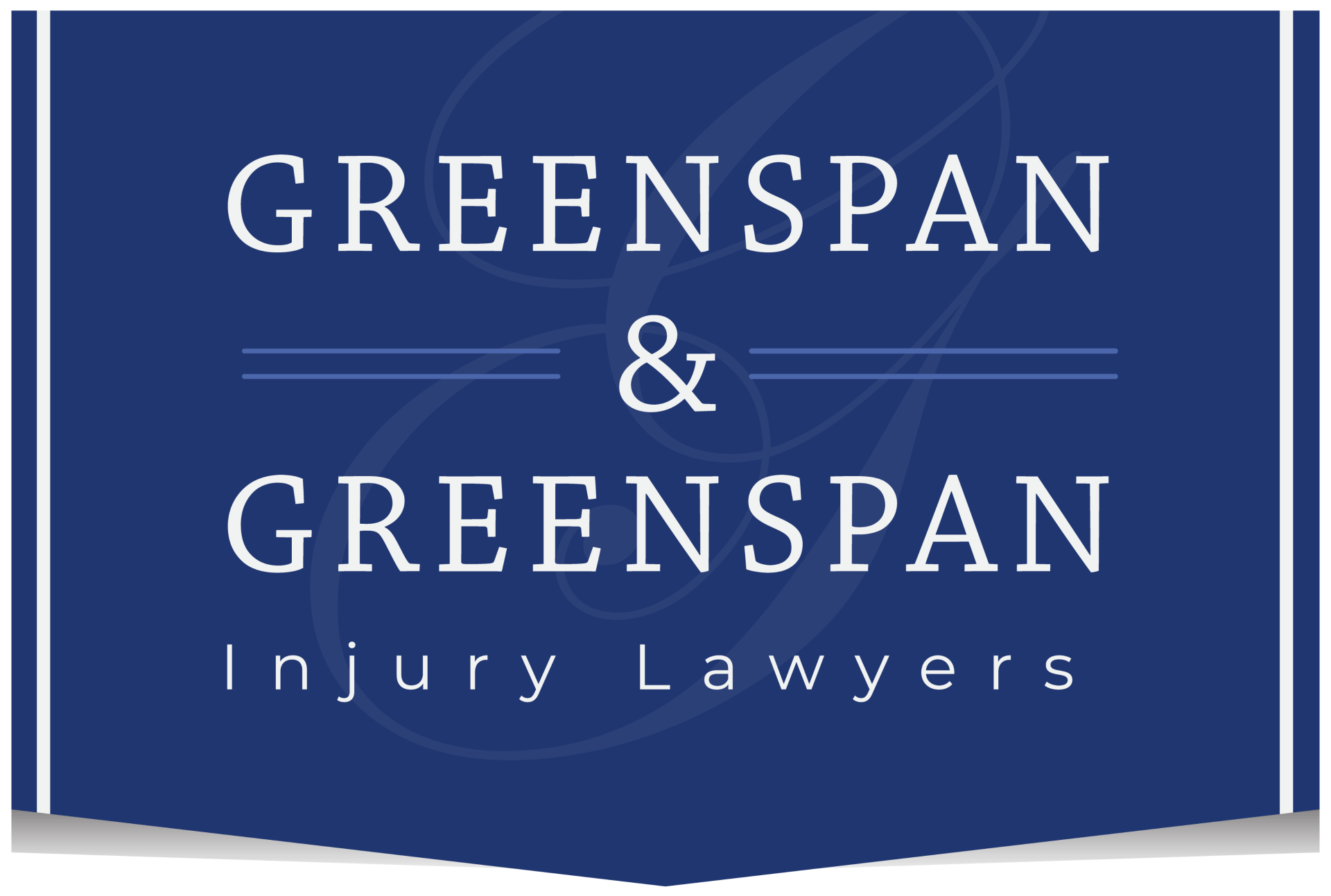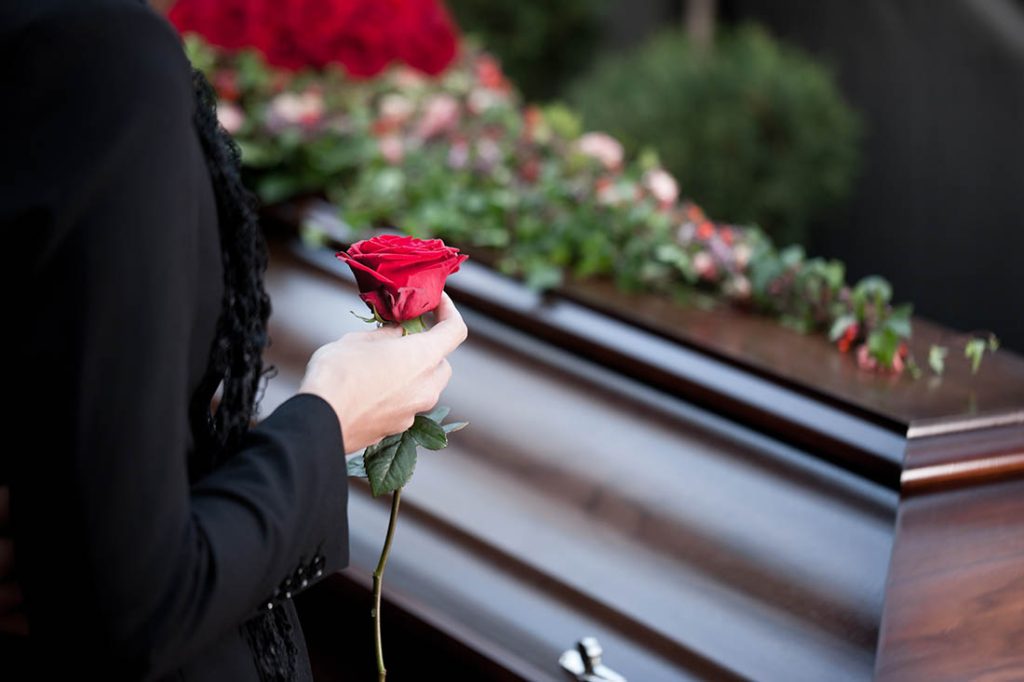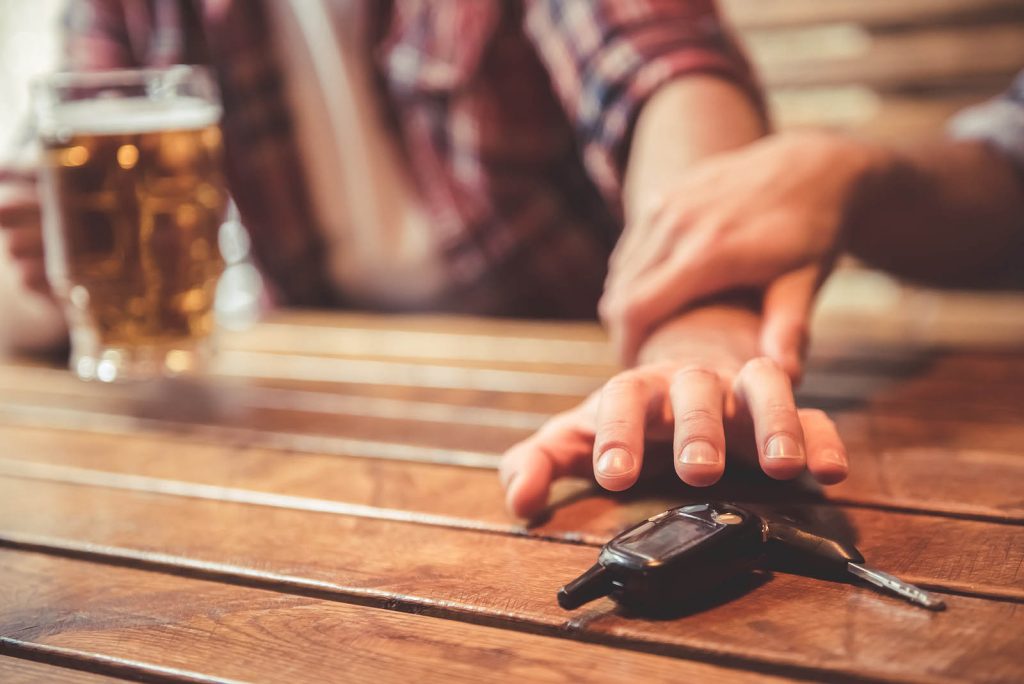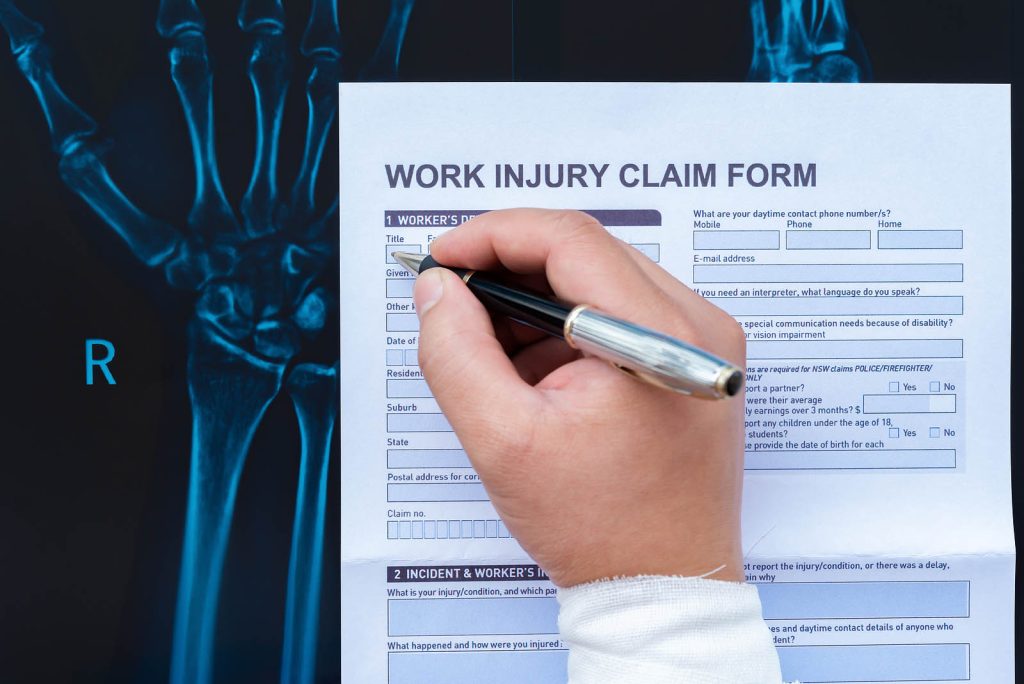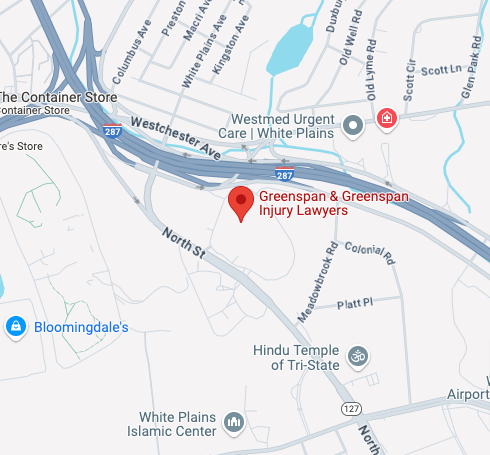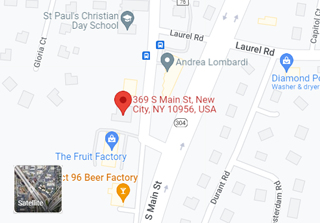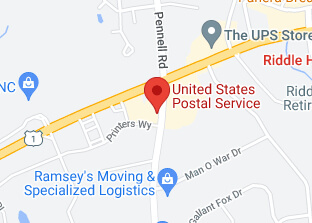New York is home to countless construction projects, from high-rise buildings in Manhattan to new developments in the suburbs. Construction sites are high-risk environments, and while some accidents happen due to inherent dangers of the job, others occur because a third party neglected crucial safety measures. If you’ve been injured on a construction site, you might wonder if you can seek compensation beyond workers’ compensation benefits.
In this post, we’ll explore the common construction site hazards that can lead to severe injuries and discuss how third-party liability works in construction negligence cases. Whether you’re dealing with a scaffolding collapse, a crane malfunction, or another serious risk, understanding these factors can help you make informed decisions about your legal options.
Why File a Third-Party Claim?
Before looking at specific hazards, let’s clarify why you might pursue a third-party negligence claim rather than rely solely on workers’ compensation. In New York, workers’ compensation usually covers injuries employees sustain on the job, regardless of fault. However, some injuries result from the actions (or inactions) of individuals or companies other than your employer.
If a third party’s negligence directly led to your accident, you may be able to file a personal injury lawsuit against that party. This approach can sometimes allow for more extensive compensation, particularly for pain and suffering, which work comp benefits do not provide.
Common Construction Site Hazards
Some of the most common negligence in construction involves the following accident types.
1. Falls from Heights
Falls from ladders, scaffolds, and other elevated surfaces are among the most common construction site hazards. In many cases, these incidents are preventable.
- Faulty or damaged ladders. If you’re using a ladder provided by a subcontractor and it collapses due to a manufacturing defect or poor maintenance, that subcontractor or the manufacturer might be liable.
- Inadequate fall Protection: New York has a labor law statute often called the “Scaffold Law,” which requires certain contractors and property owners to provide appropriate safety devices like harnesses, guardrails, and nets. If they fail to comply and you fall from a height, you might have a strong negligence claim against these parties.
If you suspect your fall resulted from someone else’s breach of duty, like a building owner who ignored state-mandated safety measures, you may be able to hold them responsible.
2. Scaffolding Collapses
Scaffolding is essential for many construction projects, but it also introduces significant construction site dangers. A collapse can cause workers to tumble from great heights or be struck by falling debris. You might have a claim against:
- General contractors or property owners—if they failed to ensure that scaffolding and other devices are safe and structurally sound under the Scaffold Law;
- Subcontractors—if they assembled the scaffolding incorrectly or used substandard materials; and
- Manufacturers—if design defects or manufacturing flaws compromised the scaffold’s integrity.
Documenting exactly how the scaffolding failed—through photographs, witness statements, and expert analysis—can help demonstrate that negligence, rather than worker error, caused the collapse.
3. Slip, Trip, and Fall Hazards
Construction sites are rife with cords, uneven ground, clutter, and slippery surfaces—all potential construction safety hazards. Determining liability often comes down to the following:
- Site maintenance. Did another contractor create or leave hazards (e.g., spilled liquids, loose wires) and fail to clean them up?
- Property conditions. A landowner who knows of a hidden danger, like a hole in the floor or an unstable walkway, must warn or fix it before someone gets hurt.
- Equipment staging. If a forklift driver from a separate company leaves pallets blocking a walkway and you trip over them, that driver’s employer (or the driver personally) might share liability.
Just because construction is in progress doesn’t mean there’s no obligation to keep the site reasonably safe. You may hold the responsible parties accountable if a non-employer party flouted these duties, resulting in your injury.
4. Forklift and Heavy Machinery Accidents
Forklifts, excavators, bulldozers, and other heavy machinery can be exceptionally dangerous if poorly maintained or operated by unqualified personnel. Possible negligence scenarios include:
- Operator error. Was a subcontractor’s employee driving recklessly or without proper licensing?
- Lack of training. A general contractor or equipment supplier might be liable if they fail to provide the operator with adequate instructions.
- Defective machinery. If the machine’s brakes or steering systems were defective and the manufacturer knew (or should have known), you could seek damages from them.
A thorough investigation is key after a serious accident with heavy machinery. Look for maintenance logs, training certificates, and service histories to show which party fell short of the required standard of care.
5. Crane Accidents
Cranes are a staple at many large construction sites, yet they bring significant hazards. If a crane collapses or drops materials unexpectedly, multiple parties could share responsibility:
- Crane owner or leasing company. They must keep the crane in good condition and ensure operators are certified.
- General contractor. General contractors typically coordinate on-site activities, including overseeing crane operations and ensuring safe rigging.
- Manufacturer. Product liability could come into play if the crane’s design or components are inherently flawed.
Cranes in New York must follow specific regulations, and failing to meet these requirements can be strong evidence of negligence.
6. Electrical Hazards
Electrical work on construction sites carries risks such as live wires, faulty wiring, or inadequate grounding. If you’re electrocuted or suffer an electrical burn because a third-party electrician or subcontractor failed to follow New York’s electrical codes, you might have a construction negligence case. Other possible culprits include tool manufacturers if a power tool had wiring defects that caused a short circuit or shock and property owners who fail to fix exposed wiring or faulty junction boxes that present a known hazard.
Proving negligence requires demonstrating that the responsible party ignored established safety protocols or industry standards, causing your injury. Building inspectors, code violations, and expert testimony often play significant roles in these claims.
7. Inadequate Warnings and Signage
Construction zones often involve partial closures, detours, or hidden hazards. Workers and site visitors can encounter danger without realizing it when there isn’t adequate signage. You may have a case if:
- A contractor failed to post “Hard Hat Area” signs or warnings near open trenches,
- Property owners neglected to block off parts of the site with barricades or caution tape where falls or equipment collisions could occur, or
- Signage was placed but was insufficiently visible at night or in bad weather conditions.
In these situations, the negligence claim revolves around the duty to warn. Did the responsible party meet their obligation to make potential hazards obvious and reduce the risk of harm?
Contact Greenspan & Greenspan Construction Accidents Lawyers – We’re Here to Help
Since 1959, Greenspan & Greenspan has assisted injured construction workers in New York. Construction sites are inherently risky, but that doesn’t excuse any party from taking reasonable steps to prevent harm. If you’ve been hurt and suspect that someone other than your employer contributed to your accident, you may have grounds for a third-party negligence claim. Contact us today to learn more about how we can help.
